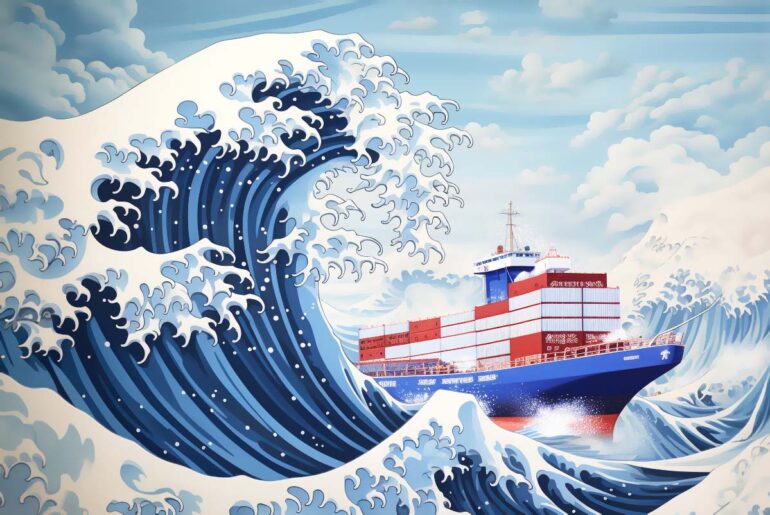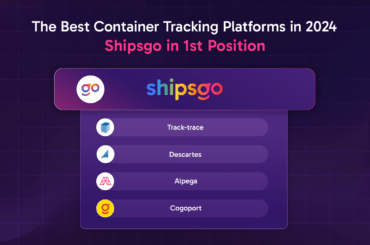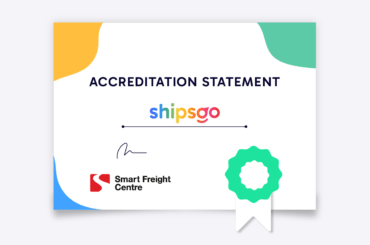Have you wondered how these biggest container ships remain afloat despite extreme weather? How do container ships survive big waves? Especially in recent years, container ships have been equipped with advanced technological developments. There are many complicated features and engineering marvels.
We will learn how the latest maritime equipment, strategic design, and freshest technologies keep container ships from capsizing.
Which Technologies are Used for Container Ships to Survive Big Waves?
The Importance of Watertight Compartments
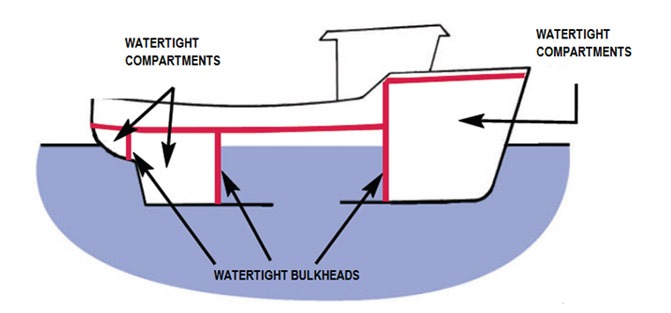
Waves that crash on the deck of a ship in rough seas can add water to the vessel. Here’s where the build system can help. The bilge consists of strategically placed pumps, pipes, valves, and pipes throughout the lower compartments. These components work together to manage any water leak due to leaks and rough seas. The primary goal is to keep water levels within the ship manageable and safe.
Modern construction systems also have sensors to monitor water level and pump performance. When a vessel is built, it’s divided into multiple watertight sections, creating an internal barrier. These compartments were designed to be water-resistant as well as airtight. If a hole occurs in a hull section, the water is inside that compartment. This design prevents the water from freely flowing through the boat. It also maintains stability. When a hole is created in a compartment, water can enter that area, but the watertight sections around the opening are unaffected. Even if only one compartment is compromised, all the others remain intact and afloat.
This allows the crew time to react and take corrective action, preventing the situation from becoming a major catastrophe. Note that the RMS Titanic was the first vessel to put this principle to the test. The Titanic remained afloat even after it struck an iceberg. Its watertight compartments helped the ship to survive.
Utilizing Ballast Systems for Stability
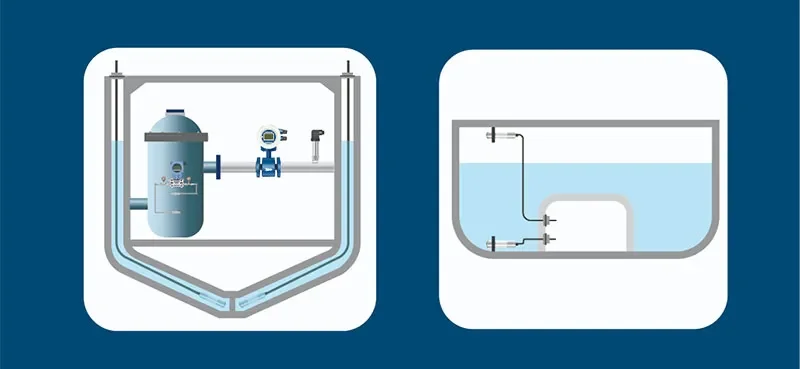
Container ships use ballast tanks to maintain weight distribution and balance. Ballast tanks stabilize boats in damaging weather conditions. The crew of a vessel can adjust the weight distribution by adjusting the water in its ballast tanks. This will counter the force of wind and waves. It is for this reason that ships glide through wild waters with ease. You may have felt the unnerving motion of the container ships when the weather was terrible.
Crew members can reduce excessive rolling by transferring water from the ballast tanks to either vessel’s side. This will minimize the discomfort experienced by passengers and also reduce the risk of capsizing. These tanks, as well as bad weather, can also control the pitching or up-and-down movement of a vessel’s bow and tail.
The ballast system provides emergency stability in extreme situations, such as unexpectedly heavy storms. The crew can strategically use the ballast tanks to add weight to the container ship, increasing its resistance to pitching and rolling forces.

